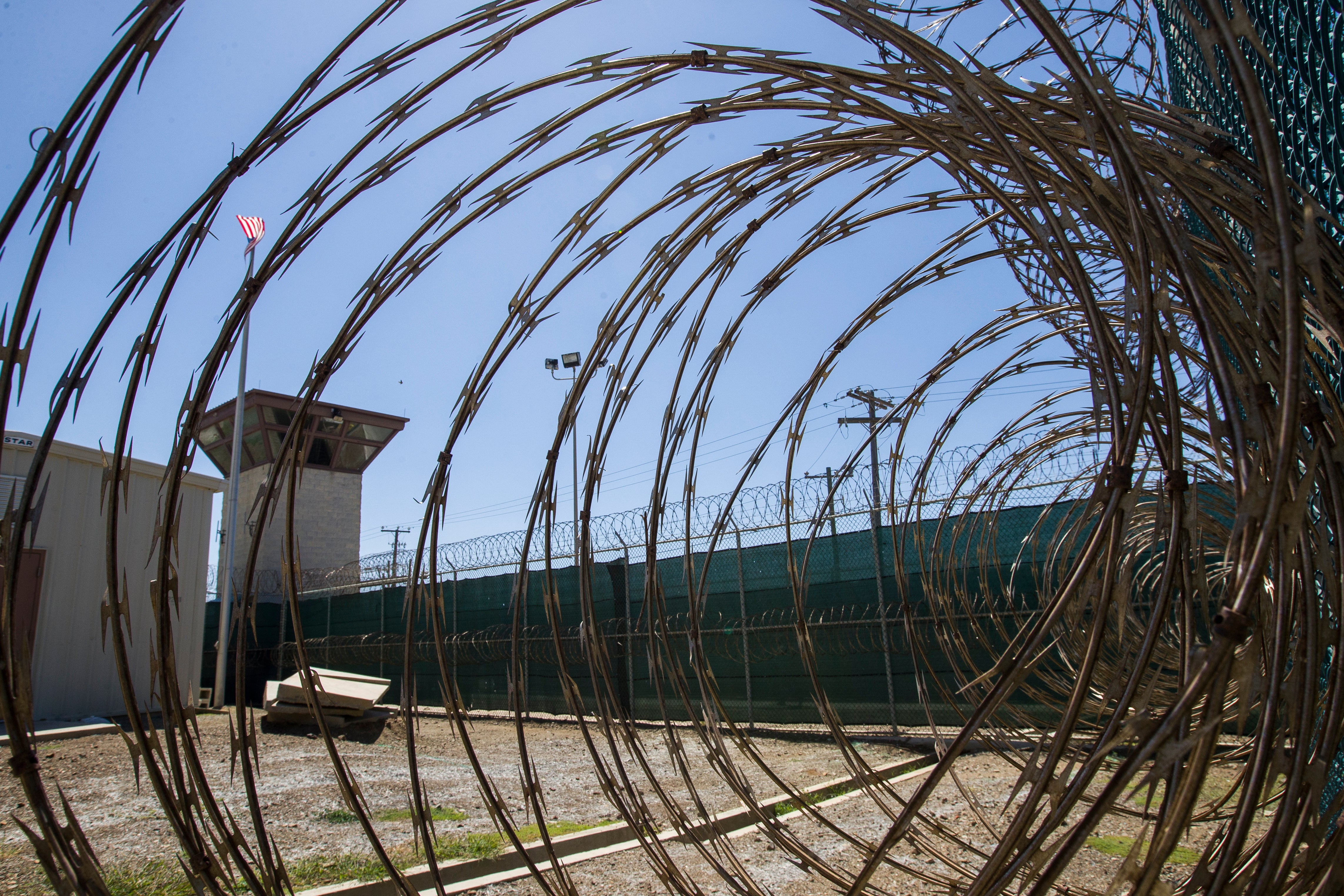Trump’s plan to send migrants to Guantanamo Bay could prove a costly mistake
Over more than two decades, Guantanamo Bay prison in Cuba has cost US taxpayers at least $13bn to run – so if Trump really wanted to find that two trillion dollars in government waste, he could start by closing the facility, not expanding it, writes Eric Lewis


The soon-to-be-created Department of Government Efficiency – to be run by Elon Musk – and the new DOGE caucus in Congress have declared their commitment “to help rein in reckless spending and stop the abuse of taxpayer dollars.” How about a Defence Department programme that has cost $13bn with no end in sight and that costs 200 times as much to provide the same services to civilians?
That programme is the detention programme at Guantanamo Bay, which is as expensive as it is ineffective and unnecessary. More than 20 years ago this month, its first detainees began to arrive.
Since it was opened, seven hundred and eighty men went through the prison, nearly all of whom were tortured in an attempt to obtain information, which, in the vast majority of cases, they did not have. Of these 780 men, only nine have been charged with war crimes, and only two have ever been convicted, one through a plea and the other after trial by a military commission. Nine men have died there.
This month, President Biden released 11 detainees to Oman, leaving just 15 men at the prison, including seven “high-value detainees,” brought from dark prisons abroad, who have still not been tried – this because of repeated procedural errors, rights violations and the merry-go-round of personnel changes that have delayed any such proceedings year after year. Three men have been cleared for release, but no country has agreed to take them. Three others, whom the US won’t release, have never been charged. Two are serving sentences.
Now US President Donald Trump has ordered the construction of a migrant detention facility in Guantanamo Bay which he said would hold as many as 30,000 people. But in two decades, what does the United States have to show for the near quarter-century of detention at Guantanamo? The disclosed figures show the most recent annual operating costs are over $540m per year when only 30 men were detained there: more than $14m per detainee. There are also classified costs which are not disclosed, so the total amount is undoubtedly higher.
It is hard to get precise figures for each of the years since it opened in 2002, but it certainly was more expensive to detain hundreds of men than a few dozen, although costs of goods and services were lower in early years, so the $540m annually is a reasonable but probably conservative estimate to apply across its years of operation. This leaves a cost to date to the American taxpayer in the range of $13bn.

These costs are largely fixed security costs, as the facility is highly patrolled with multiple layers of surveillance, including round-the-clock armoured vehicles and maritime patrols. Given that the remaining prisoners include the most notorious of the detainees, it is highly unlikely that any chances will be taken by reducing security.
Of course, no one has ever escaped Guantanamo – nor is it likely, given the guards, razor wire, perimeter patrols and shark-infested waters. But the Defence Department never thinks it has too much security and will never risk having too little.
Costs at Guantanamo are, if anything, likely to go up. Facilities are degrading in the awful climate, and a new secure courtroom needs to be built. As the remaining prisoners get older, their health needs are increasing.
With the recent releases, the cost of detention per detainee will likely top $30m per man per year. The two men convicted in military tribunals are serving long sentences (life and 30 years, respectively); the seven more to be tried are likely to remain there for years, even if the United States succeeds in obtaining the death penalty for the five charged with capital offences; the “forever prisoners” who have not been charged and never will be are likely to be there for life.
It is inevitable that the facility will continue to operate at great cost, decades and billions of dollars from now.
The average prison inmate in a Supermax facility costs between $60,000 and $70,000 each year. Indeed, the entire budget of the federal Bureau of Prisons is $8.3bn, for housing a population of 160,000 prisoners – more than 10,000 times the population at Guantanamo.
So why has Guantanamo not been closed? It is not that United States courts cannot and do not try accused terrorists, even those accused of very serious terrorist acts. It is also not the case that United States prisons cannot and do not house major terrorists.
There are 500 federal prisoners serving major sentences for terrorist-related offences, and dedicated Supermax units housing them, including the shoe bomber, the underwear bomber, the Boston Marathon bomber and the so-called twentieth hijacker.
None of these men are at risk for escape where they are held. But in a rare show of bipartisanship, Congress has prohibited any Guantanamo detainee from being brought to the United States for trial or imprisonment. This bit of political posturing has cost the American taxpayer billions of dollars and, unless rescinded, will cost billions more.
Elon, if you want to get started on finding that two trillion dollars in government waste, start with Guantanamo. President Obama called Guantanamo a “stain” on American commitment to the rule of law. But it is also a stain – indeed a flood – of red ink.
Eric Lewis is a human rights lawyer who sits on the board of The Independent






Join our commenting forum
Join thought-provoking conversations, follow other Independent readers and see their replies
0Comments